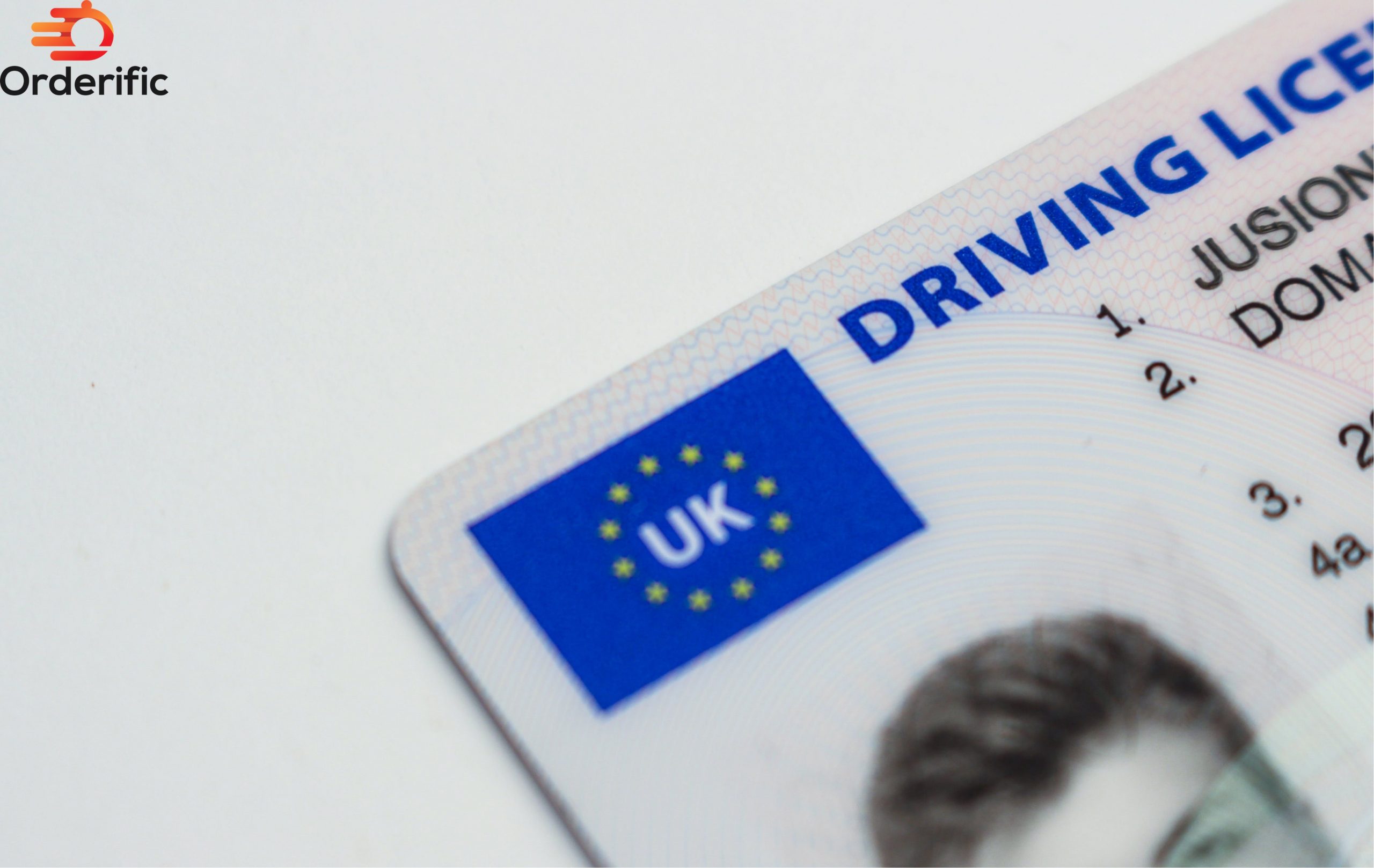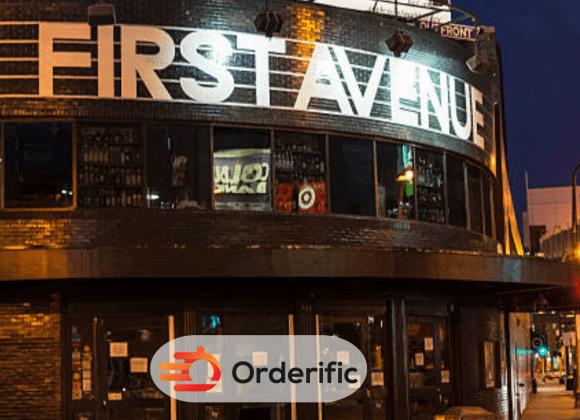Raising the bar on compliance—there’s no other way to keep your tavern thriving in the United States. Navigating the convoluted world of regulatory compliance could be as complex as crafting a vintage cocktail recipe. The compliance program, the cornerstone of your organization, serves as your guide through the labyrinth of precise measurements, where a dash of compliance risk could send you spiraling. Like a skilled bartender, a compliance officer is key to balancing the ingredients—regulation, management, and requirements. But hang on tight; the journey through compliance is more than just a bumpy ride. It’s an intricate dance, a symphony of elements that, when orchestrated meticulously, ensures your establishment stays on the right side of the bar. It is your passport to serve up success. Let this blog guide you to stirring up a flawless cocktail that keeps your bar in business.
What Exactly Does Compliance Mean? Definition and Basics
In the bar industry, ‘compliance’ can feel like a complex cocktail. It’s a blend of diverse components that, when shaken together, form the bedrock of a successful and lawful establishment. It is the art of adhering to prescribed rules, regulations, and standards.
Imagine it to be the invisible conductor of an orchestra, where the music sheet is the compliance program and the musicians, every employee in your organization. This orchestra plays in harmony with the laws of the land, from the United States regulatory compliance guidelines to the specific directives of your state.
The role of the compliance officer is akin to the bartender, mixing the ingredients of regulation and risk management, ensuring the final product meets the taste of the inspector general. It’s a dance of precision and balance, where a miss-step could lead to risk, souring the business’s reputation.
Yet, navigating this process doesn’t have to feel like a walk on a tightrope. Essential tools like a robust compliance management system, a clear privacy notice, and comprehensive compliance requirements can guide your steps. As a renowned professional, Craig Zobel, said, “It is less about avoiding penalties and more about building trust through responsibility.”
So, It is the secret recipe to a successful bar. It’s the knowledge that every glass raised is not just in the spirit of enjoyment but also in the spirit of responsibility and respect for the rules that govern us.
The Origins of Compliance
Our journey begins in ancient civilizations where the rudimentary form of compliance first emerged. Imagine a time when guidelines were etched on stone, and rules were upheld by community consensus. Over time, the growth of organized societies necessitated the establishment of more formal compliance programs.
In the United States, the concept of regulatory compliance began to take shape with the rise of industrialization. Factories sprang up, employing thousands. The need for rules to ensure these employees’ safety and fair treatment became evident. Hence, the seeds of compliance were sown.
The role of the compliance officer emerged as a necessary participant in this dance. They acted as the bridge between law and organization, translating the regulation language into practice. This critical role guided businesses like a lighthouse, illuminating the path towards adherence, away from compliance risk.
As businesses evolved, so did the landscape of compliance. From healthcare to the bar industry, compliance became the invisible thread binding an organization to its ethical and legal obligations. It was no longer just about avoiding penalties but creating trust. It was about ensuring every employee, from the bartender to the inspector general, sang from the same song sheet.
In the end, compliance is deeply rooted in the narrative of human civilization. It’s a story of growth, adaptation, and an enduring commitment to fairness and responsibility. It’s the story of how we learned to balance the scales between progress and integrity, a tale that unfolds daily.
Which Topics Are Part of Compliance?
Venturing into compliance, one might liken the experience to navigating a labyrinth. Each twist and turn unveils a new facet, a topic that adds depth to our understanding. Let’s illuminate some of these key areas:
- Regulatory Compliance: Picture this as the master blueprint, the core around everything else. This aspect deals with adherence to laws and regulations imposed by the government, which is crucial in every sector, from healthcare to the bar industry.
- Compliance Program: Imagine this as the roadmap, guiding each organization on its unique compliance journey. It’s a structured plan that outlines policies, procedures, and controls to counter risks.
- Compliance Risk: Consider the hidden pitfalls and the unexpected challenges lurking in the shadows. These potential threats could arise from non-compliance, including penalties, sanctions, or a tarnished reputation.
- Compliance Officer: Envision this person as the experienced guide, leading the organization through the labyrinth. They are responsible for ensuring regulatory compliance, managing risk, and maintaining the organization’s integrity.
- Privacy Notice: This can be seen as the signposts along the journey, informing patrons about how their information is used and protected.
- Compliance Management: This is like the compass, an essential tool for monitoring, managing, and ensuring ongoing organizational compliance.
- Compliance Requirements: These can be likened to the key ingredients in a recipe and the specific conditions or actions required for compliance.
- Compliance Resources: Finally, these are the allies and aids, the tools and training that augment an organization’s ability to remain compliant.
Each topic contributes its unique flavor to the complex cocktail compliance, creating a blend that is as intriguing as it is essential. It’s a dance of elements, harmoniously working together to create a symphony of regulation, responsibility, and trust.
Why Is Compliance Substantial for Companies?
Compliance, often viewed as a regulatory burden, is, in fact, the backbone of a company’s integrity. Breathe life into the mundane notion of compliance, and you’ll find it’s the heartbeat of a vibrant, trustworthy organization.
- Trust Builder: Compliance is like the sturdy foundation of a skyscraper, garnering trust from clients, employees, and stakeholders. It’s the golden thread weaving a robust fabric of credibility.
- Business Protector: Picture as the company’s invisible shield, preventing risk and potential sanctions. It stands guard, ensuring the business sails smoothly amidst stormy regulatory changes.
- Brand Enhancer: Envision it as a brand’s silent ambassador, enhancing reputation and competitiveness. It shines as a beacon of reliability in the marketplace, attracting customers like moths to a light.
- Employee Retainer: Consider the warm embrace that holds employees together, creating a safe and fair work environment. It’s the unseen hand that nurtures employee loyalty and productivity.
- Ethics Promoter: It serves as the moral compass of an organization, guiding its journey on the path of ethical conduct. Like a lighthouse, it keeps the company’s voyage aligned with the principles of fairness and integrity.
- Growth Catalyst: When embraced, it can morph into a growth catalyst. It becomes the fertile soil where seeds of innovation and adaptability sprout, fostering sustainable business growth.
So, why is it substantial for companies? It’s the soul of a prosperous organization, a symphony conducted by the officer, played in harmony with every employee, each note resonating with the values of trust, protection, enhancement, retention, ethics, and growth.

What Are the Legal Requirements?
Stepping into the realm of legal requirements feels akin to descending into an ancient wine cellar. Rows of aged regulations stand like majestic wine bottles, each encapsulating the essence of refined legal craftsmanship. This labyrinth, though complex, is navigable with the right map.
- Licensing: Just as a bartender needs a license to pour spirits, so does a bar require licensing. Each state in the United States has its unique blend of requirements, reminding us that familiarity with local laws is an essential ingredient in the cocktail of compliance.
- Age Regulations: Picture this as the bouncer of the bar world, meticulously checking IDs at the door. Understanding age-related compliance is critical, ensuring that your establishment serves responsibly and stays within the bounds of the law.
- Health and Safety Codes: Health codes are like the bar’s sanitation crew, ensuring every corner is spick and span. Safety codes, on the other hand, act as the establishment’s guard, protecting patrons and employees alike.
- Employee Regulations: These are the rules of the house, providing a clear framework for your employees to operate within. Whether it’s wage laws, work hours, or discrimination policies, these regulations ensure fair treatment of your workforce.
- PCI DSS Compliance: Picture this as the bar’s vault, safeguarding customer transactions. Adherence to the Payment Card Industry Data Security Standard (PCI DSS) is a must for any establishment handling card transactions and keeping the financial data of your patrons secure.
Every legal requirement, from licensing to PCI DSS, forms the crux of the compliance program. It’s the symphony that the compliance officer expertly conducts, harmonizing the separate parts into a resounding whole. These legal requirements create a safe, secure, and fair environment – a bar that echoes with the melody of responsible enjoyment.
Who Is Responsible for Compliance in the Company?
The landscape within a company is akin to a well-orchestrated symphony. At the helm, helming this symphony, is the Compliance Officer.
- Compliance Officer: Picture this individual as the master conductor, meticulously guiding the company’s compliance orchestra. The baton they wave directs the harmony between the company’s operations and the prevailing regulations. This role is pivotal in the company’s journey, navigating the intricate labyrinth of compliance.
- Senior Management: The senior management, akin to the first chairs in an orchestra, plays a vital role in establishing the company’s compliance tone. Their actions and decisions set an example, echoing the importance of adherence to regulations throughout the organization.
- Employees: Regardless of their role, employees contribute to the melody. Like individual musicians in an orchestra, they follow the music sheet of compliance in their daily tasks, ensuring the company stays in tune with its regulatory obligations.
- Stakeholders: Although not directly involved in the company’s daily operations, stakeholders play a crucial role in upholding its standards. Picture them as the audience, observing the performance and expecting harmonious adherence to the laws and regulations.
In this grand symphony, every individual has a part to play. The music they create together – punctuated by accountability, responsibility, and transparency – contributes to a harmonious balance between the company’s ambitions and the law’s demands.
It underscores the importance of every individual’s role within the company in creating a culture, thus ensuring the melody of lawful operation continues to resonate throughout the organization.
Conclusion
In the grand symphony of Regulations and Licensing in the Bar Industry, compliance emerges as the conductor’s baton, guiding the harmony between business aspirations and regulatory obligations. It carves a pathway for organizations like Orderific to balance progress with integrity, fostering an environment where increased revenue, decreased operational costs, robust control, and an outstanding user experience coexist. Through the labyrinth of compliance, Orderific emerges as a triumphant maestro, automating manual tasks, customizing customer experiences, and transforming the mundane into the extraordinary. So, let’s toast to the compelling dance of compliance, a tale interwoven with trust, responsibility, and growth. Schedule a FREE DEMO today for a firsthand experience of Orderific‘s prowess.
FAQs
Why is compliance crucial for businesses in various sectors?
Compliance ensures regulatory adherence, builds trust, protects business, enhances reputation, and fosters growth across all sectors.
What are the main regulatory challenges companies face in terms of compliance?
The main regulatory challenges include understanding complex laws, maintaining data privacy, ensuring employee compliance, and adapting to regulatory changes.
How can businesses ensure ongoing compliance with changing regulations?
Businesses can ensure ongoing compliance by regularly updating policies, conducting training, and utilizing management software.
What are the consequences of non-compliance in specific industries?
Consequences of non-compliance range from financial penalties, reputational damage, and loss of business licenses to potential jail time for severe violations.













